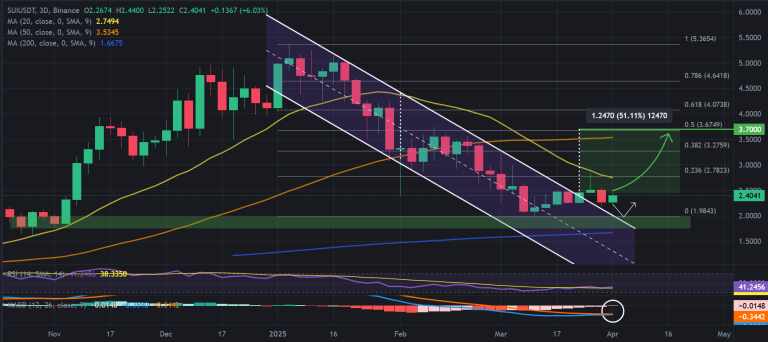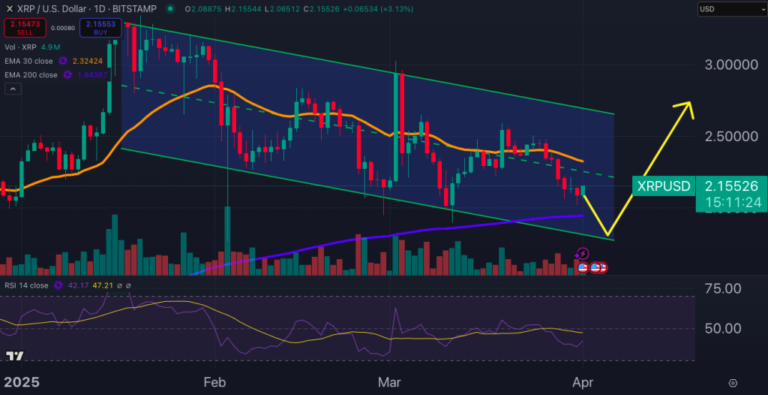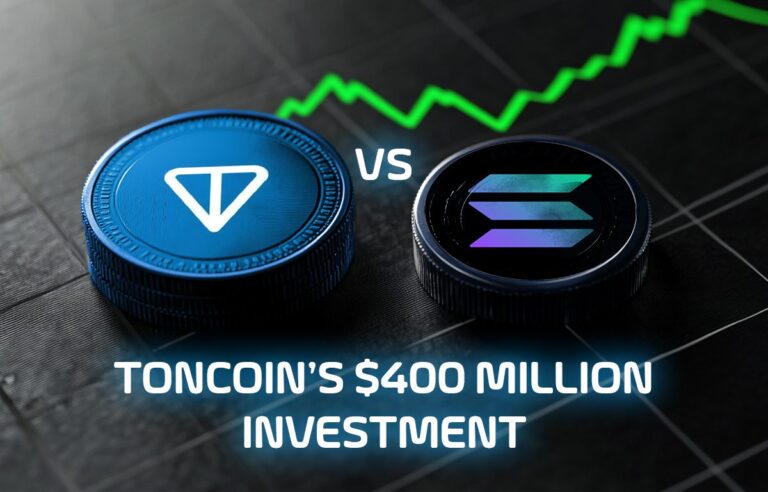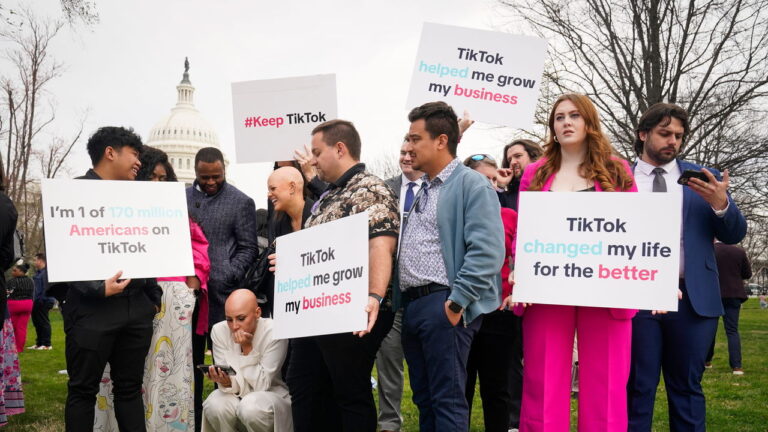Last updated:
 Why Trust Cryptonews
Why Trust Cryptonews
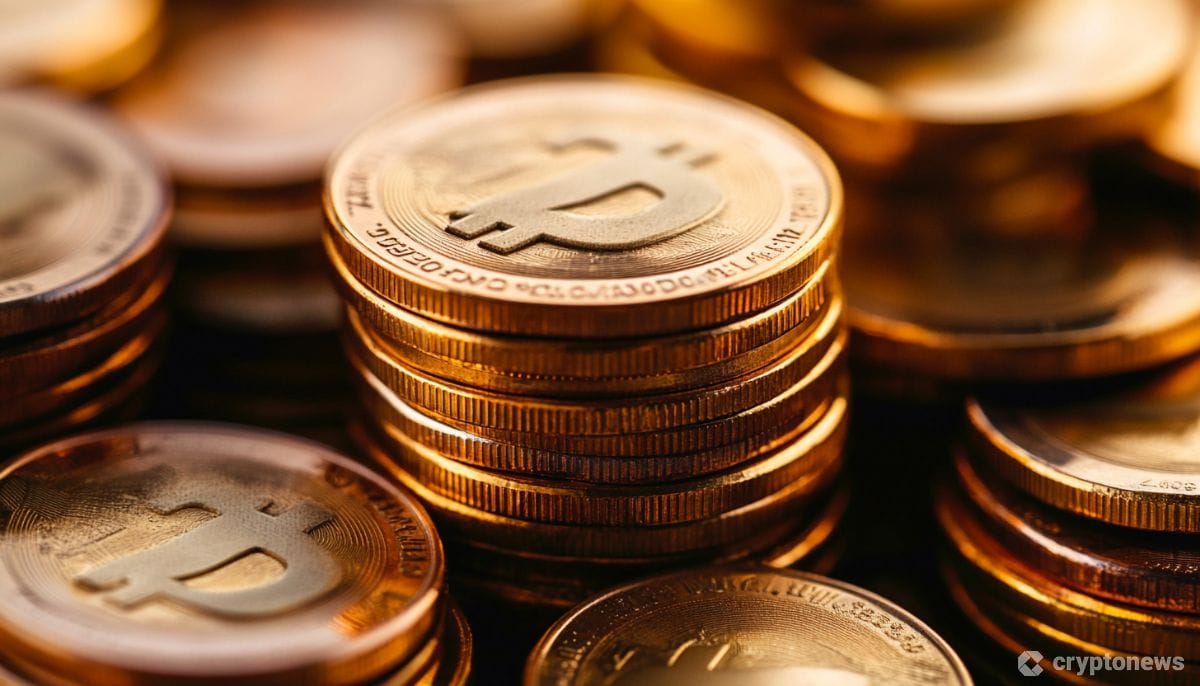
PayPal’s USD-backed stablecoin, PayPal USD (PYUSD), can now be transferred seamlessly between Ethereum and Solana networks, thanks to its integration with LayerZero’s cross-chain protocol.
In a recent post on Medium, LayerZero revealed that PYUSD now utilizes the Omnichain Fungible Token (OFT) Standard, enabling users who self-custody their tokens to move assets across blockchains without relying on centralized platforms like PayPal or Venmo.
“We believe that PYUSD holders will welcome the flexibility and convenience offered by LayerZero,” said Jose Fernandez da Ponte, Senior Vice President of Blockchain, Cryptocurrency, and Digital Currencies at PayPal.
PayPal Continues to Expand Functionality of its PYUSD Stablecoin
The development marks another step in PayPal’s efforts to expand the accessibility and functionality of its stablecoin.
In August, PYUSD reached a record market capitalization of $1 billion, with $660 million circulating on Solana and $340 million on Ethereum.
However, recent data from DeFiLlama shows PYUSD’s market cap has almost halved to $513 million.
Currently, $384 million of PYUSD is deployed on Ethereum, while Solana holds just $166 million.
PayPal has been actively working to boost PYUSD adoption.
The company collaborated with Anchorage Digital earlier this year to introduce a rewards program for clients who custody PYUSD with the crypto custodian.
In May, PayPal integrated PYUSD into Solana’s ecosystem through partnerships with Crypto.com, Phantom, and Paxos, making it easier for users to onboard.
Additionally, a collaboration with MoonPay allowed PayPal users to purchase cryptocurrencies and provided on-ramps for platforms like Polymarket.
Despite its growing use cases, PYUSD remains far behind major stablecoins like Tether (USDT) and USD Coin (USDC), which boast market caps of $118 billion and $35 billion, respectively.
Stablecoin Market Remains Unregulated
Notably, the stablecoin market, currently valued at over $140 billion, remains unregulated.
Just recently, Senators Cynthia Lummis and Kirsten Gillibrand joined forces to propose a new bill aimed at regulating stablecoins.
Under the proposed legislation, payment stablecoin issuers would be subject to reserve and operational requirements, including the creation of subsidiaries dedicated to issuing stablecoins.
The bill defines payment stablecoins as digital assets pegged to the U.S. dollar that are intended for use as a means of payment or settlement.
Conversion to dollars would be an obligation for issuers, and the asset itself would not be classified as a security.
Non-depository trust companies registered with the Federal Reserve Board of Governors or depository institutions authorized as national payment stablecoin issuers would be eligible to become issuers, with both state and federal regulators overseeing their operations.
The United Kingdom is also expected to implement regulations for stablecoins within a matter of months, according to Dante Disparte, the global head of policy at Circle.
“I think we’re within months, not years,” Disparte said last month, referring to the anticipated stablecoin regulations.
Meanwhile, Singapore has established formal laws for the stablecoin industry.
Disclaimer: Crypto is a high-risk asset class. This article is provided for informational purposes and does not constitute investment advice. You could lose all of your capital.
















